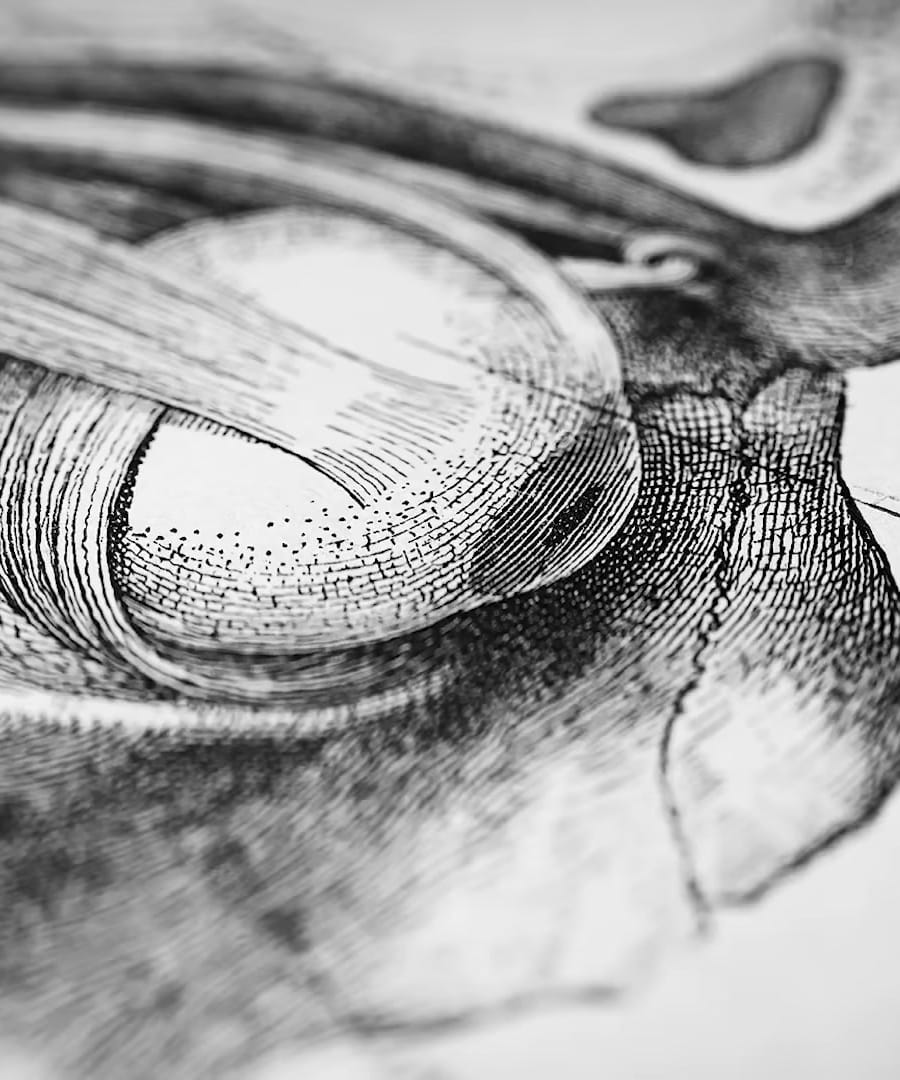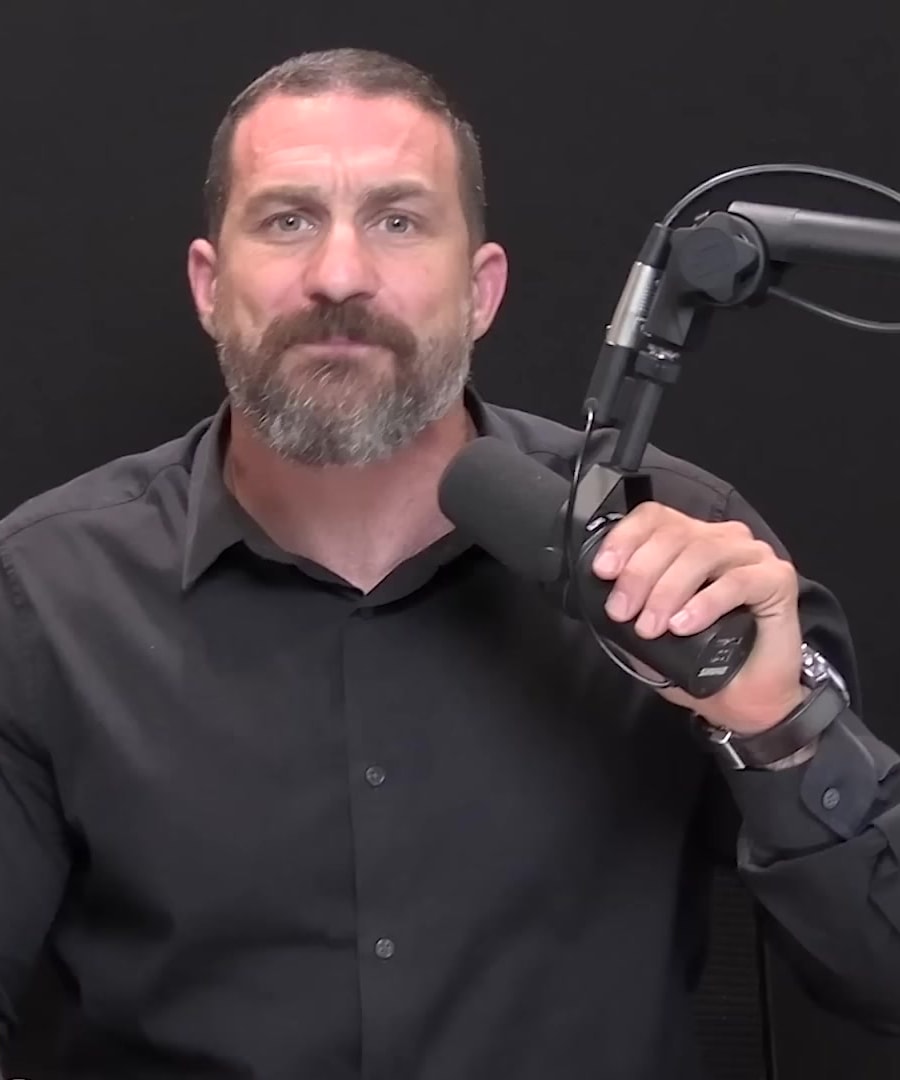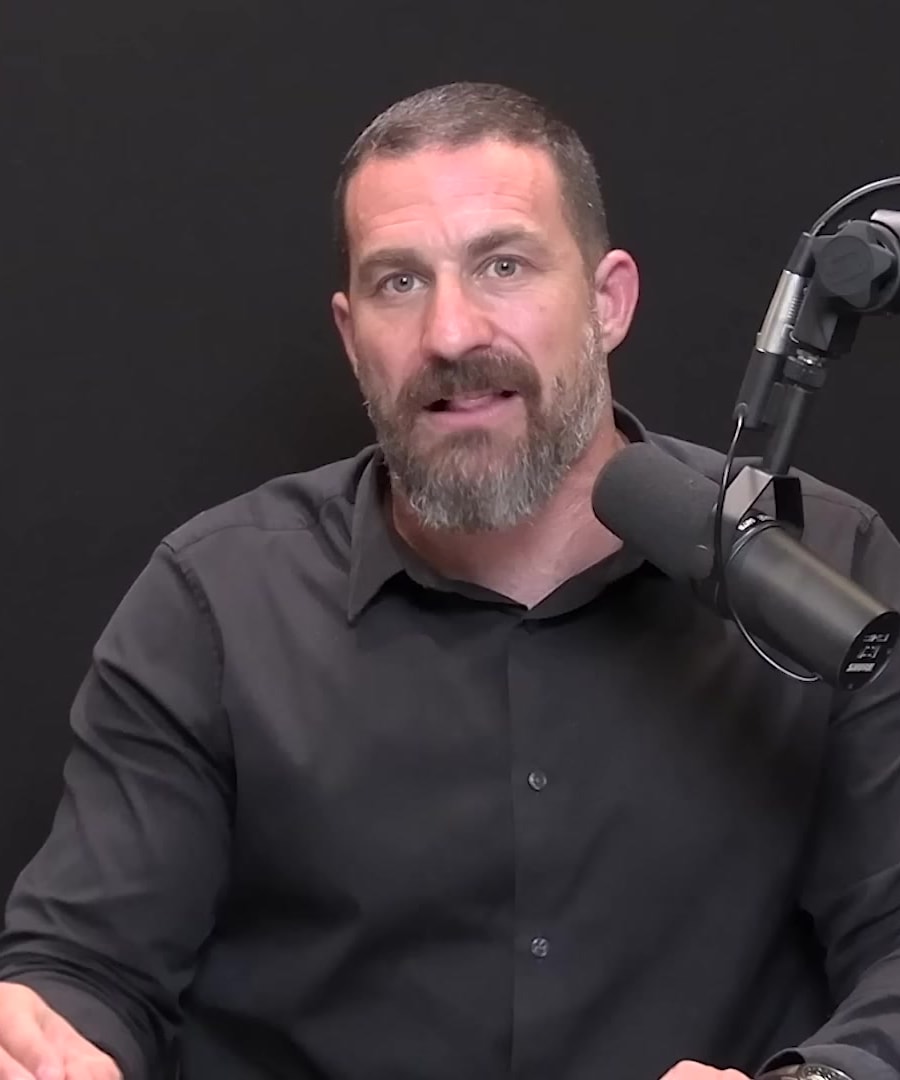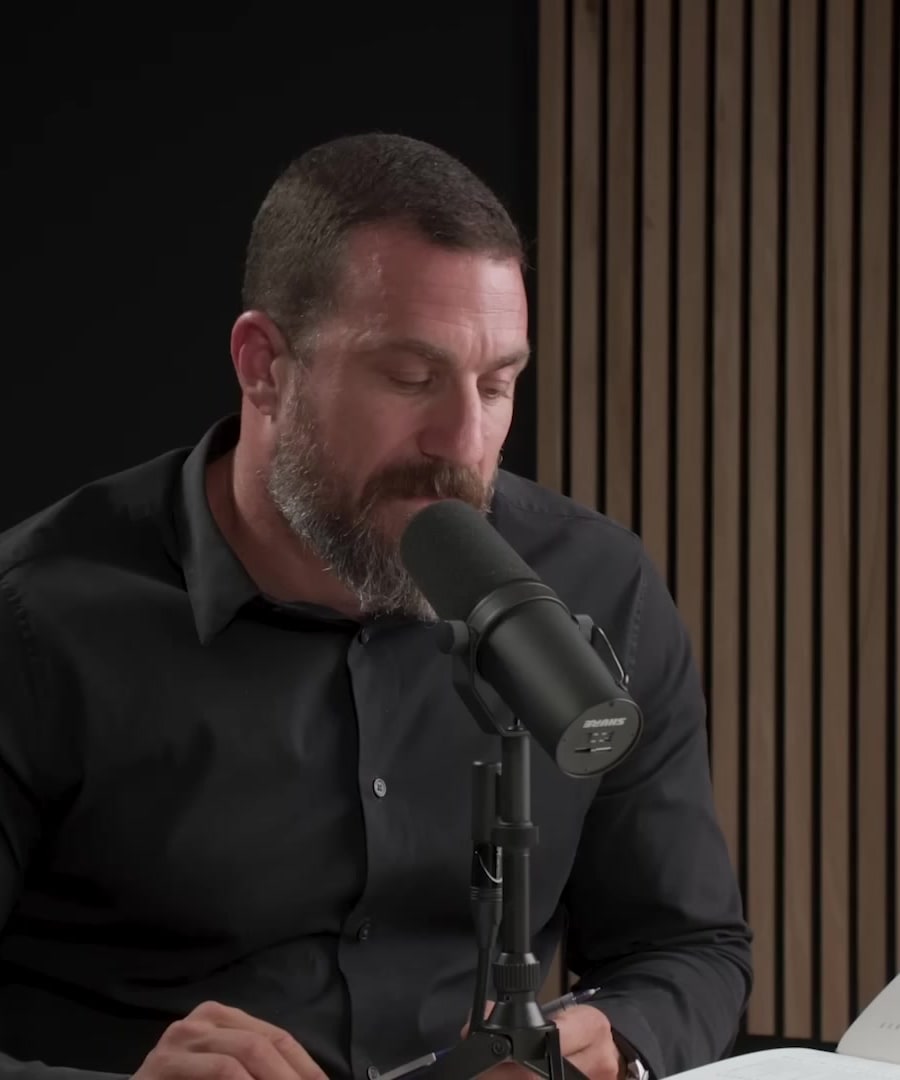how to meditate
Sources:
Meditation can be approached in various ways, and here are some insights and methods discussed in the Huberman Lab podcast:
-
Basic Meditation Setup:
- You can start without a timer, sitting or lying down, and focus on the "third eye" center behind your forehead, your breathing, or your bodily sensations. This approach can also be exteroceptive, where you focus on a fixed point in the environment, such as a spot on a wall or a distant horizon point. The key is to allow your mind to refocus as it wanders, understanding that refocusing is a part of the process and beneficial for the meditation [1 ].
-
Scientific Context:
- Meditating impacts the brain and body, altering states like mood and focus. Various meditation practices can be tailored depending on whether the goal is to induce calmness or alertness, with some practices engaging specific brain areas differently [2 ].
-
Perceptual Shift:
- Meditation is seen as a deliberate perceptual shift, akin to changing focus or engaging in a singular sensory experience. This shift is essential for responding more authentically to life’s stimuli [3 ].
-
Breathing Techniques:
- How you breathe during meditation can affect whether you end up more relaxed or more alert. Breathing patterns that emphasize longer or more vigorous inhales can increase alertness, whereas focusing on exhales tends to relax [4 ].
-
Improving Attention:
- A simple practice like focusing on breathing and bodily sensations for about 15-17 minutes can significantly enhance focus and potentially counteract cognitive decline. This is valuable for all age groups and conditions, including ADHD [5 ].
-
Interoceptive Awareness:
- Engaging in practices that increase awareness of internal states can be powerful, especially for those who may feel overwhelmed by such sensations. These practices encourage flexibility in engagement with the external world [6 ].
Meditation is versatile and can be adapted to suit personal needs and objectives, from enhancing focus to managing mood and improving cognitive functions.
RELATED QUESTIONS-
Show me different meditation methods.
Sources:
Here are different meditation methods discussed in the Huberman Lab podcast:
-
Focused Attention Meditation: This method involves sitting or lying down and closing your eyes, then focusing on your breath, body, body surface, or a visual target in your environment. It enhances one's ability to focus and can ramp up the activity in the prefrontal cortex, which is beneficial for improving focus [1 ].
-
Open Observer Meditation: This type involves not including a specific target for your mind or senses and allowing whatever comes up to surface without lingering on any one thing. This form of meditation is useful for restoring the ability to engage in focus and for facilitating creative problem-solving [1 ].
-
Transcendental Meditation: Includes focusing on a mantra or a word repeatedly. This method was highlighted in a study where regular practice resulted in significant long-term mood improvements. It involves a focused attention on internal sounds or phrases, which can help reduce overactive mind chatter and stress [2 ].
-
Awareness Meditation: Similar to open observer meditation, this method consists in paying attention to what's happening in the moment without adding a narrative. For example, noticing sounds, physical sensations, or feelings as they occur. This type of meditation encourages a state of presence and mindfulness [3 ].
-
Breath-Based Meditation: Involves focusing on controlled, deliberate breathing patterns, such as box breathing or slow cyclic breathing. By directing attention to the breath, this practice enhances interoception, helping shift focus from external events to internal bodily sensations [4 ].
These methods offer different benefits and can be chosen based on personal goals, whether it's improving concentration, reducing stress, enhancing creativity, or simply becoming more aware of the present moment.
RELATED QUESTIONS-
how to meditate
- RELATED QUESTIONS
Show me different meditation methods.
- RELATED QUESTIONS









